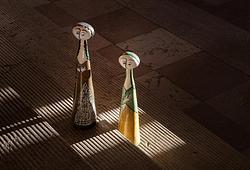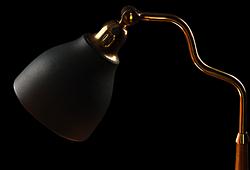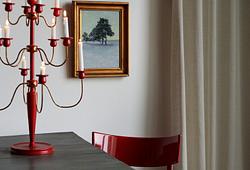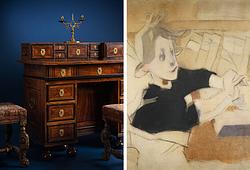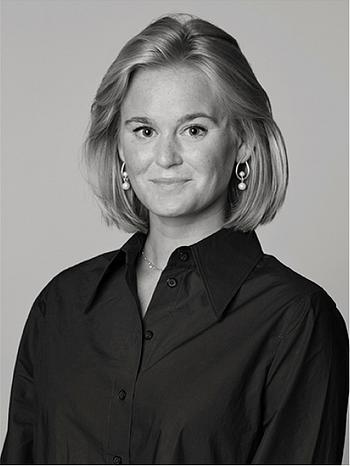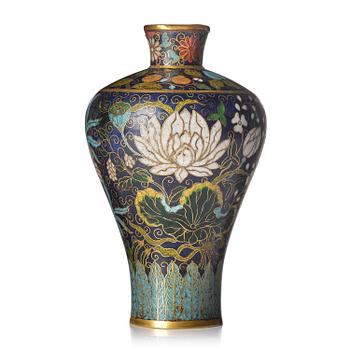Modern Art & Design presents Georges Braque
Georges Braque, "As de trèfles et verre"
Bukowskis presents the work "As de trèfles et verre" by Georges Braque at the upcoming auction Modern Art & Design – the leading auction for modern art and design in the Nordics.
After Georges Braque and Pablo Picasso developed Analytical Cubism (1907–1914), the outbreak of the First World War interrupted their progress. Braque was drafted in August 1914, leading to an unplanned hiatus not only in his painting but also in one of the most transformative and significant periods in modern art: the development of Cubism. In May 1915, Braque suffered a severe head injury. The wound was serious, and recovery took a frustratingly long time: "It wasn’t so much the wound I suffered, but the impossibility of painting for those long months. It was more mental than physical wounding. What use would I be, deprived of painting?” (A. Danchev, Georges Braque: A Life, New York, 2005, p. 129)

It wasn’t until mid-1917, nearly three years after the interruption, that Braque was able to return to painting. In March of that year, he wrote to his friend Picasso: “I am delighted to tell you that I’ve been discharged. I’m longing to pick my brushes again. By the end of the month I think I’ll be on my way.” (ibid., p. 134). Braque wasted no time reclaiming his place in the art world. He had already signed a contract with art dealer Léonce Rosenberg, and by the summer of 1918, he was back in form. He no longer worked with Picasso, whom he felt had veered too far in a classicist direction. Instead, he developed a more restrained and at the same time sensual form of Cubism.

The painting in this auction, As de trèfles et verre (Ace of Clubs and Glass), was created that very year, when Braque had fully returned to his art. The flat, overlapping forms in this still life are reminiscent of his earlier Cubist period in the early 1910s. What is new, however, is that the relationship between the surfaces is no longer as rigid as before. The rectilinear shapes are bordered by freer, undulating S-curves, and Braque has worked more with the modulation of different sections. The various areas have both different surface decorations and textures, giving the impression of a collage, where surfaces of various materials are layered on top of one another. “Braque was trying in these late cubist paintings to arouse in the spectator not so much a visual or intellectual as a tactile experience of reality and space. This was his personal contribution to the expressive range of late cubism, and he continued to elaborate it in a succession of luscious, sonorous still lifes during the next ten years.” (Douglas Cooper, The Cubist Epoch, London, 1971, p. 221)

The work will be sold at Modern Art & Design
Estimate: 2 000 000 - 3 000 000 SEK
Viewing: May 14–19, Berzelii Park 1, Stockholm
Open May 14 12 PM–6 PM, weekdays 11 AM–6 PM, weekends 11 AM–4 PM
Live auction: May 20–21, Arsenalsgatan 2, Stockholm
Read more about Modern Art & Design
All works by Georges Braque at Modern Art & Design

Vasarahinta
2 200 000 SEK
Lähtöhinta
2 000 000 - 3 000 000 SEK
Requests & condition reports Contact specialist
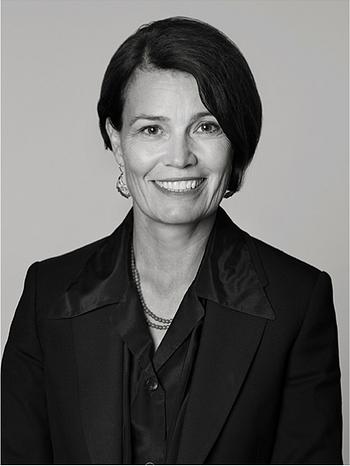
Tukholma
Lena Rydén
Johtava taideasiantuntija, moderni- ja 1800-luvun taide
+46 (0)707 78 35 71
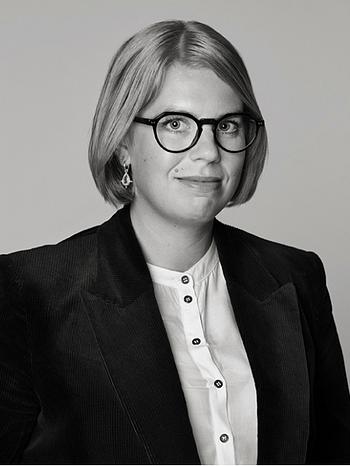
Tukholma
Amanda Wahrgren
Asiantuntija, moderni taite ja grafiikka
+46 (0)702 53 14 89






